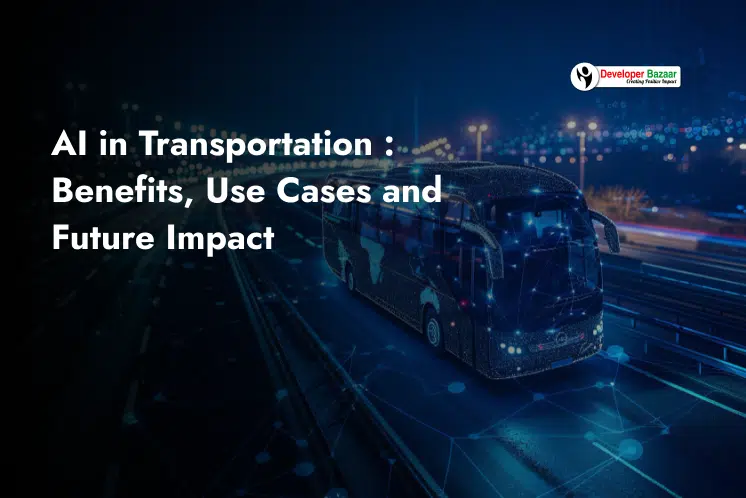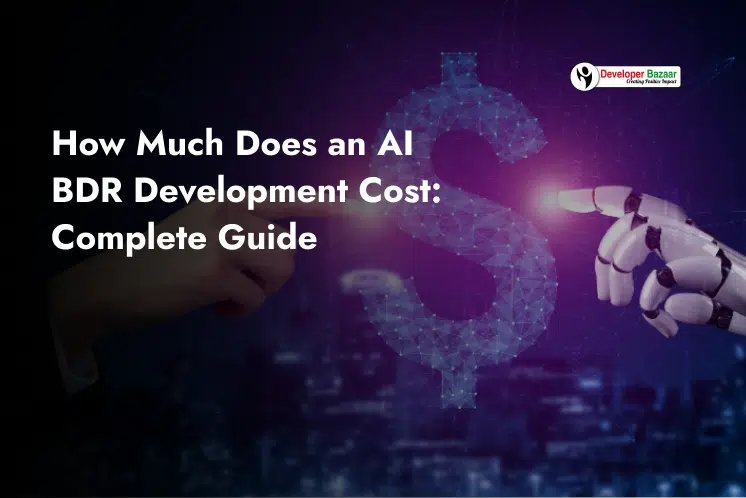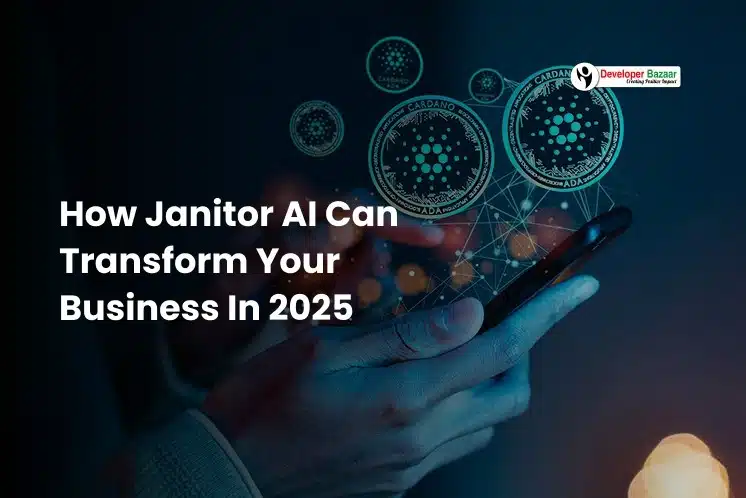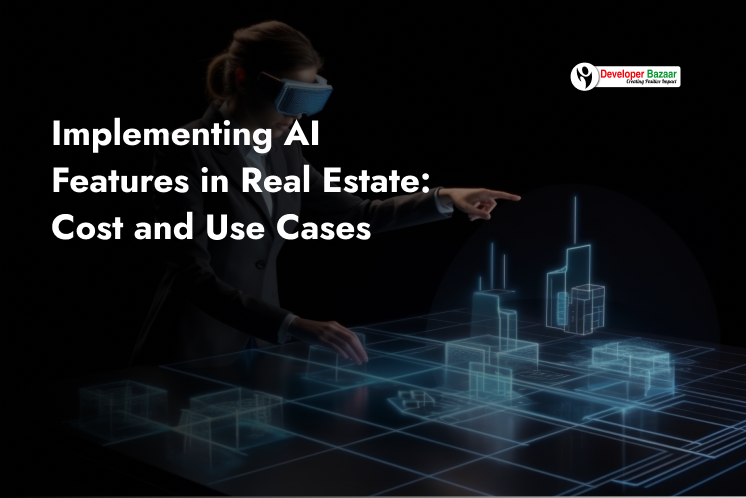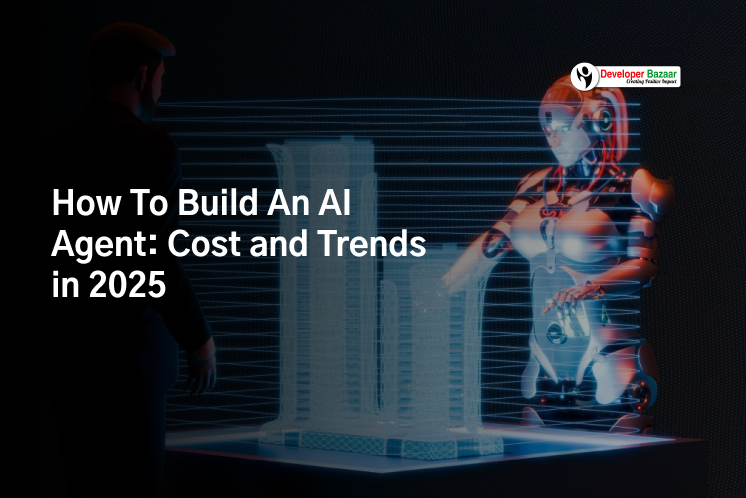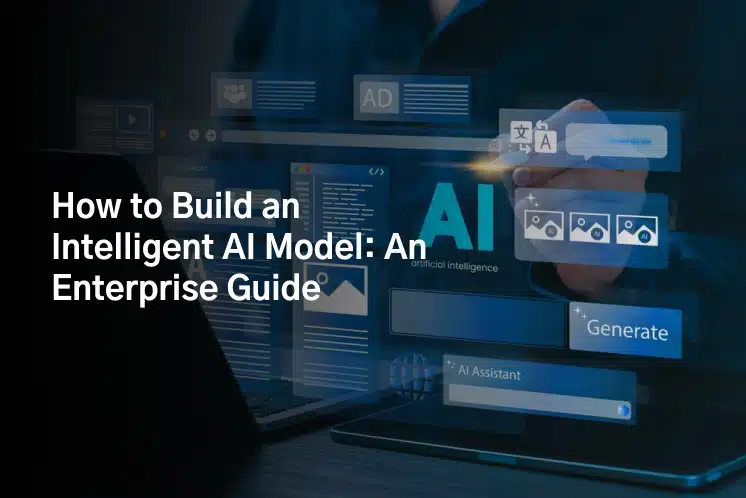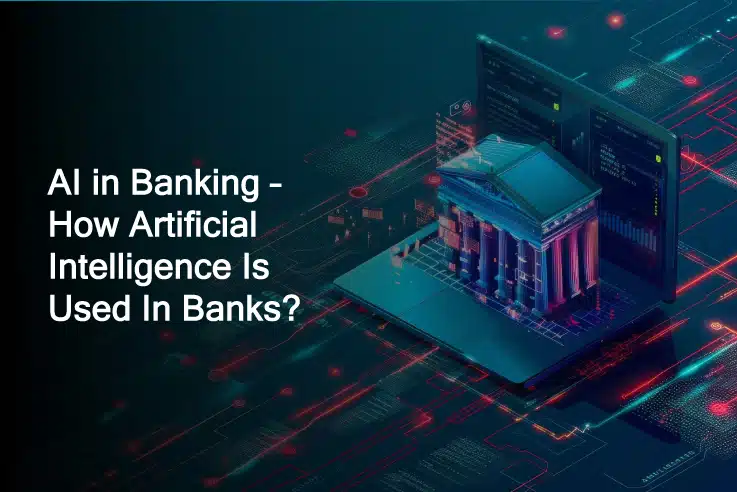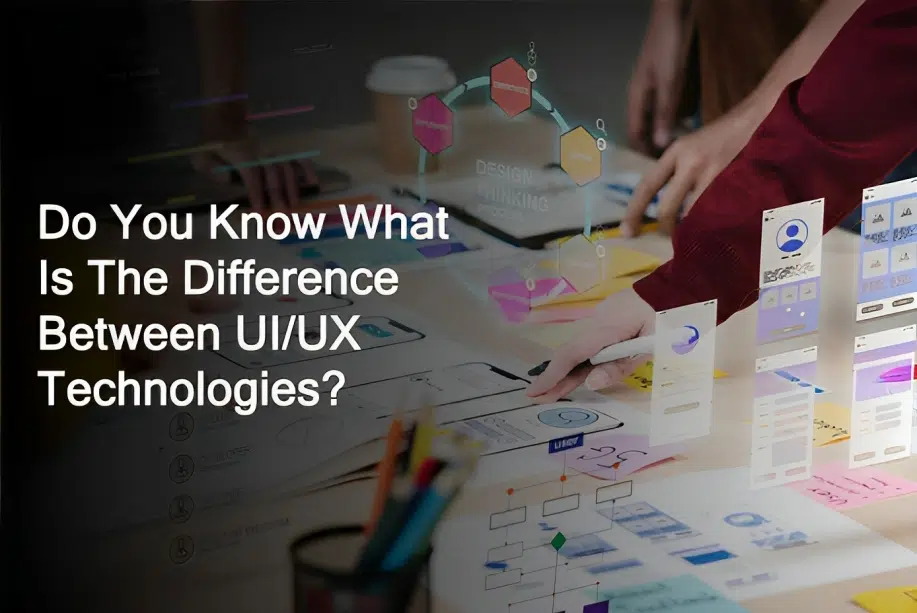Table of Contents
ToggleWe are living in a world where vehicles can now think, learn, and even drive by themselves, all thanks to Artificial Intelligence (AI). This smart technology is changing how we travel and move things from one place to another.
From self-driving cars to smart traffic lights, AI in transportation is helping make our journeys faster, safer, and smarter.
This article explores how AI is reshaping the transportation industry, why companies are investing in it, and the key roles it plays in making our roads and systems better every day.
AI in Transportation: Market Overview
Today, Artificial Intelligence in transportation is one of the fastest-growing areas in tech. Big companies across the world are using AI to create smarter and safer travel options.
The global market for AI in transportation is valued at around $2.48 billion in 2025 and is expected to grow up to $7.78 billion by 2032. That’s a huge growth, the market is expected to grow by 17.7% every year from 2025 to 2032.
Let’s take a look at how AI is already making a difference:
- Self-Driving Cars: By 2030, we may see around 58 million self-driving vehicles on the road.
- Smart Traffic Systems: AI can reduce traffic jams by 25%, helping people reach places quicker and with less pollution.
- Lower Maintenance Costs: AI helps detect problems in vehicles early, cutting maintenance costs by 10 - 20%.
- Fuel Efficiency: AI helps plan smarter routes, which can save up to 15% on fuel.
- Road Safety: AI features like driver monitoring can lower accident rates by 20 - 30%.
This rapid growth proves that Artificial Intelligence in logistics and transportation is not just a trend but it is becoming a vital part of how we move people and products around the world.
What is the Role of AI in the Travel & Transportation Industry?
Artificial Intelligence provides huge support to many smart systems we see in transportation today. It is like the brain of the technology, whether it’s a car driving itself or a delivery truck taking the shortest path, AI makes it all happen smoothly.
Let’s make it simpler. AI in transportation:
- Uses real-time data to make quick decisions
- Helps vehicles “see” their surroundings with the help of cameras and sensors
- Plans the best routes to save time and fuel
- Predicts when a part might break so it can be fixed before causing problems
- Communicates with other vehicles and traffic systems to avoid crashes and keep things moving
Here are the core technologies that make it possible:
- Perception & Sensor Fusion: AI gathers data from LiDAR, radar, and cameras to understand everything around the vehicle.
- Path Planning & Decision-Making: It decides which way to go based on traffic, obstacles, and road rules.
- Computer Vision: AI sees and understands road signs, lanes, people, and more.
- V2X Communication: Vehicles talk to each other and to traffic lights for smoother rides.
- Predictive Maintenance: AI spots small problems before they become big ones.
- AI in Automated Driving Systems: All these features work together to make self-driving possible.
AI helps in proper functioning of planes, buses, trains, and delivery trucks too. As we move forward, the role of AI will increase and handle more complex jobs and make our transport systems even more intelligent.
Key Benefits of AI for Transportation
Artificial Intelligence (AI) is changing the way we travel, transport goods, and manage vehicles. It works with other smart technologies like IoT, cloud computing, and 5G to make transportation safer, faster, and more efficient.
Here we have explained how AI in transportation is helping everyone, from drivers to companies.
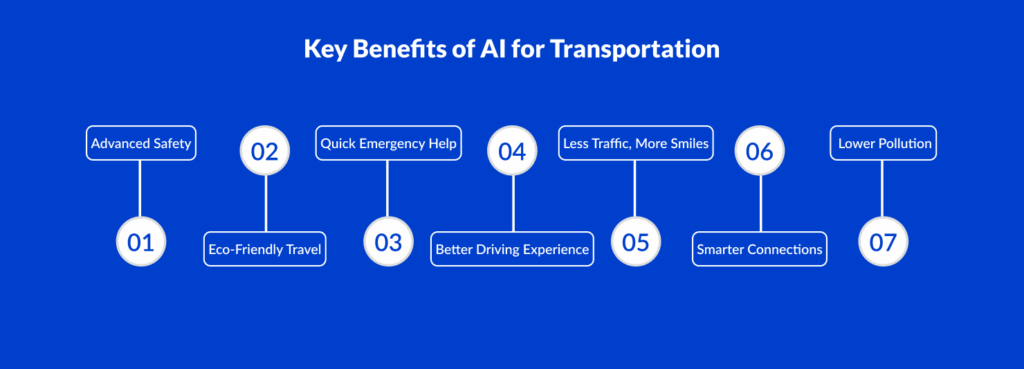
1. Advanced Safety
AI makes travel safer. It studies real-time traffic and road conditions to warn drivers about possible dangers like accidents, slippery roads, or traffic jams. It uses smart features like lane-keeping help and warnings before a crash might happen. These tools help drivers stay alert and avoid accidents. This keeps both drivers and passengers safe on the road.
2. Eco-Friendly Travel
AI helps to reduce pollution. It finds the shortest and least busy roads to save fuel and time. Less fuel means less pollution in the air. AI also supports electric cars and self-driving vehicles, which are better for the environment. This helps us protect our planet and breathe cleaner air.
3. Quick Emergency Help
AI sends alerts to emergency services in any accidental situation instantly without requiring anyone to call. This helps the ambulance or police get there faster, which can save lives. AI can also share useful details, like where the accident happened and how serious it is, so help can come prepared.
4. Better Driving Experience
AI learns what the driver’s preferences are. For example, it remembers your favorite songs, your usual routes, or how warm or cool you like your car. It uses this information to make every trip feel just right. This makes driving more fun, easy, and comfortable.
5. Less Traffic, More Smiles
AI also assists in control traffic lights and looks at traffic data to suggest faster routes. This means fewer traffic jams and shorter travel times. With less time stuck in traffic, driving becomes smoother and less stressful.
6. Smarter Connections
AI helps cars “talk” to each other and to things like traffic lights and road signs. This means cars can share updates like traffic, accidents, or roadblocks. Drivers get this information in real time, which helps them make better decisions while driving.
7. Lower Pollution
AI plans smarter routes and encourages better driving habits to reduce fuel use. This means fewer emissions from cars, which helps clean up the air. AI also supports the use of electric and hybrid vehicles, which are good for the environment and reduce pollution even more.
Top 10 Use Cases of AI in Transportation
AI in transportation is not just about driverless cars. It’s used in many smart ways, from flying drones to traffic lights.
Below are top 10 ways, how artificial intelligence is being used in logistics and transportation today:
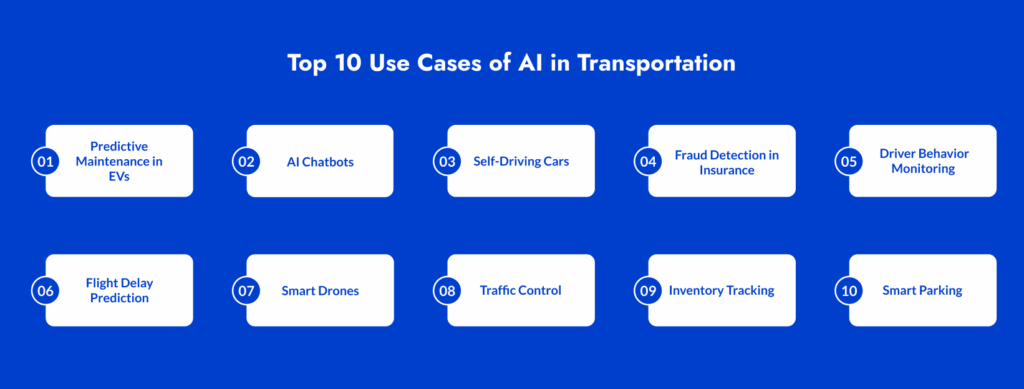
1. Predictive Maintenance in EVs
AI checks electric vehicles (EVs) regularly to find any issue before they turn into big problems. This helps fix things early, so the vehicle doesn’t break down suddenly. It also saves money by avoiding costly repairs and makes the car last longer.
2. AI Chatbots
AI chatbots are like helpful assistants. They can answer driver questions about directions, how a car feature works, or even help book a test drive. Companies also use them to answer common customer questions without needing a human every time, saving time and effort.
3. Self-Driving Cars
Self-driving cars, also called autonomous vehicles, use AI to drive on their own. They sense the road, traffic, and surroundings to stay safe. These cars can help reduce road accidents and cut down air pollution. Countries like China are already working to have more of these cars by 2030.
4. Fraud Detection in Insurance
AI helps insurance companies find fake or dishonest claims. It looks at large sets of data to spot anything unusual or suspicious. This helps the companies protect themselves from losing money unfairly.
5. Driver Behavior Monitoring
AI watches how a driver drives. It can notice if someone is feeling sleepy, distracted, or driving in a risky way. This helps improve safety on the roads. For transport companies, it also saves money on fuel and fewer repairs by encouraging better driving.
6. Flight Delay Prediction
Airlines use AI to guess if a flight will be late. It checks things like weather, air traffic, and satellite info. For example, JetBlue uses AI to tell passengers hours in advance if their flight will be delayed, so they can plan better.
7. Smart Drones
AI-powered drones are doing more than just flying. They deliver small packages, watch traffic from above, and even help in emergencies. These drones use smart sensors to avoid hitting things and follow the best paths to reach their destination.
8. Traffic Control
AI apps like Moovit help people avoid traffic jams or packed buses. These apps study live GPS and road data to suggest faster and better routes. This makes travel easier and quicker in busy cities.
9. Inventory Tracking
AI helps delivery and logistics companies keep track of all their goods. It knows what’s in stock, what’s running low, and when to order more. This helps avoid delays, saves time, and cuts down extra costs.
10. Smart Parking
AI helps drivers find empty parking spaces using sensors in parking lots or streets. It shows where the nearest spot is and guides drivers to it. This saves time, reduces stress, and cuts down pollution from driving around looking for parking.
Real-Life Example of AI in Transportation
Most of the top brands are already using AI to make transportation smarter and better.
There are some some real-life examples of how artificial intelligence in transportation is making a difference:
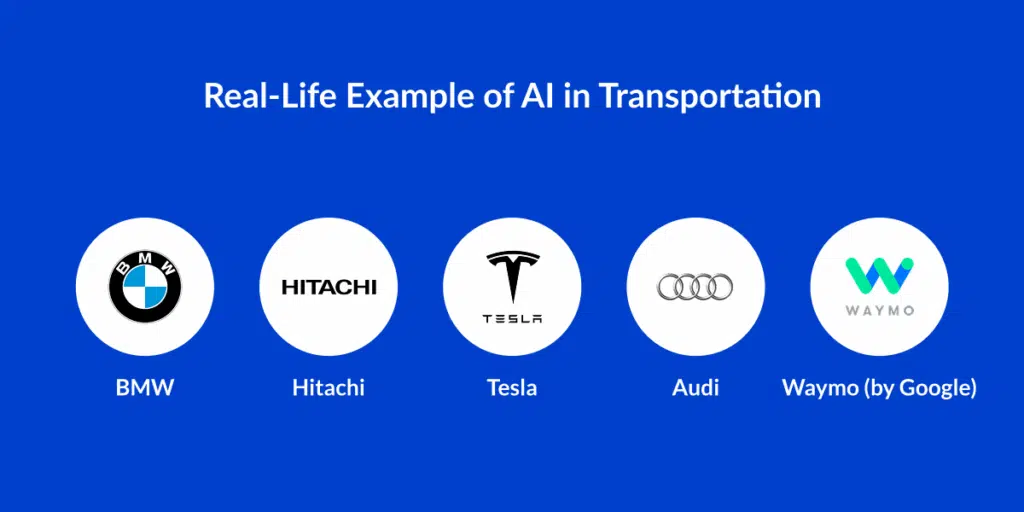
1. BMW
BMW uses AI in its car factories, which they call the iFACTORY, to build cars faster, more safely, and with fewer mistakes. AI helps in checking the quality of each part during production. New BMW cars also come with smart AI assistants. These assistants learn what the driver likes, such as favorite music, usual temperature, or preferred seat position and change the settings automatically. This makes driving more comfortable and fun.
2. Hitachi
Hitachi uses AI to help companies manage their fleets (a group of vehicles like trucks or vans). Their smart system can track each vehicle in real-time. It tells companies when a vehicle might need fixing before it actually breaks down. It also helps in planning the best delivery routes so that fuel is saved, time is managed well, and deliveries are on time. This is a great example of artificial intelligence in logistics and transportation.
3. Tesla
Tesla cars are known for being super smart. Every Tesla on the road sends driving data back to the company. Tesla uses this data to make its self-driving technology better and safer. Their AI learns from real drivers, how they turn, stop, or avoid obstacles. This type of learning is called “imitation learning”. It means the AI watches and copies how humans drive, then gets better at doing it on its own.
4. Audi
Audi uses AI to check for very small cracks in car parts during the manufacturing process. These tiny cracks can be hard to see but are important for safety. The AI can find these cracks quickly and accurately. Audi also uses AI in crash safety tests to make sure their cars are strong and safe. This helps improve car quality before it reaches customers.
5. Waymo (by Google)
Waymo is a company by Google that runs self-driving taxis in the U.S. Their cars don’t need a driver. The AI in Waymo cars can understand road signs, avoid other cars and people, and drive safely in traffic. The AI uses very smart models and sensors to “see” the road and make safe choices. Waymo is showing us what the future of smart transportation can look like.
Future Prediction of AI in Transportation Industry
AI in transportation is growing fast and changing how we travel and move goods. But believe it or not, we’re still just at the beginning. In the future, artificial intelligence in transportation will become even smarter and more powerful.
AI will not only help with self-driving cars but also predict traffic, stop accidents before they happen, and guide vehicles safely through busy cities.
Soon, fully driverless vehicles may take over the roads, where people can sit back, relax, and enjoy the ride, just like passengers.
We will also see AI helping cities manage traffic better, plan roads smarter, and reduce pollution. So, the future of AI in transportation looks super exciting, with safer roads and smoother travel for everyone.
How to Implement AI in Transportation?
Implementing artificial intelligence in transportation isn’t always easy. It comes with some challenges, but each one has a solution.
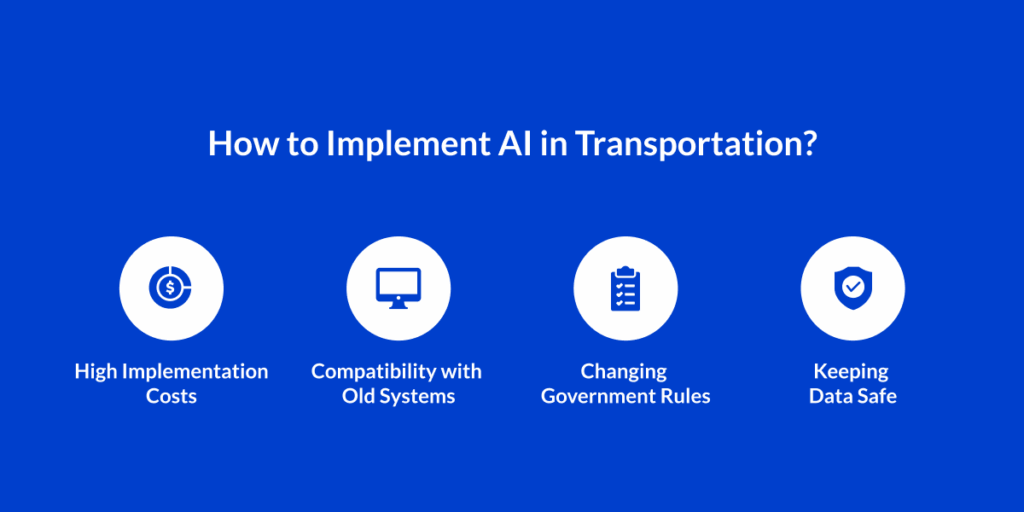
1. High Implementation Costs
- Problem: Setting up AI can cost a lot of money in the beginning. Buying software, hiring experts, and installing systems isn’t cheap.
- Simple Solution: Don’t try to do everything at once. Start with a small project like using AI to improve traffic lights or route planning. Once that works well, you can add more features step by step. This saves money and helps you learn as you go.
2. Compatibility with Old Systems
- Problem: Many transportation companies still use old machines or software, which may not work well with AI.
- Simple Solution: Use a special tool called middleware, it acts like a translator between the old system and the new AI tools. This way, you don’t have to replace everything, and both systems can work together smoothly.
3. Changing Government Rules
- Problem: Governments have many rules for using AI in public places, especially for safety and privacy. These rules also keep changing over time.
- Simple Solution: Work with legal advisors or consultants who understand these rules. They can guide you to follow the law properly while using AI safely and correctly.
4. Keeping Data Safe
- Problem: AI systems need to collect and use a lot of data, like traffic details or vehicle locations. But this data must be protected from hackers or misuse.
- Simple Solution: Use strong security methods like locking your data with passwords (encryption), giving access only to the right people, and checking systems regularly for issues. This keeps everything private and safe.
How Much Does It Cost to Implement AI in Transportation?
The price to set up AI in transportation depends on your project. Here’s a quick guide:
| Project Type | Estimated Cost |
|---|---|
| Small Projects (like route planning or traffic signals) | $20,000 – $40,000 |
| Large Projects (like self-driving systems or smart logistics) | $40,000 – $60,000+ |
You can choose between:
- Off-the-shelf solutions: Ready-made AI tools that are cheaper and faster to use.
- Custom solutions: Built just for your company. These cost more and take longer but fit your exact needs.
The total cost depends on things like features, project size, timeline, and the AI development company you choose.
Developer Bazaar Technologies Offers Advanced AI Solutions for Transportation
If you’re inspired by the benefits of AI in transportation and want to bring these advancements to your business, you’re in the right place.
Developer Bazaar Technologies is a trusted AI development company with deep experience in building AI-powered solutions for the transportation and logistics industry. Whether you’re a startup or a large enterprise, we offer custom-built AI solutions that match your unique business goals.
We’ve worked with businesses across the globe, helping them use artificial intelligence in transportation to improve operations, save costs, and boost efficiency. Our team of transportation tech experts understands what your industry needs and can guide you every step of the way, from idea to launch.
Whether it’s route optimization, fleet management, traffic analysis, or predictive maintenance, our smart AI tools are designed to make your transportation systems smarter, faster, and safer.
Conclusion
AI is at the peak of reshaping the way we move, from smoother traffic to safer roads and better fuel savings. Yes, there are a few challenges in the beginning, but with the right planning and expert support, you can easily implement artificial intelligence in transportation.
Start small, upgrade gradually, and make sure your data and systems are secure. With the right partner like Developer Bazaar Technologies, the path to smart and intelligent transportation becomes easier and more achievable.
FAQs
Q1. How does AI make transportation safer?
A: AI helps detect risks early using smart cameras and sensors. It can warn drivers about danger ahead and even stop vehicles automatically if needed. AI also helps reduce traffic jams and accidents by managing traffic flow better.
Q2. How is AI used in transportation and logistics?
A: AI is used for tracking vehicles, planning better delivery routes, predicting maintenance needs, and managing traffic signals. In artificial intelligence in logistics and transportation, it helps move goods faster and reduce delays.
Q3. What are the benefits of AI in transportation?
A: Using artificial intelligence in transportation can save fuel, reduce traffic, improve road safety, and make delivery services more efficient. It also cuts down human errors by using smart systems that learn and improve over time.
Q4. How much does it cost to implement AI in transportation?
A: Costs can vary based on your project. A small system may start from around $50,000, while advanced solutions like self-driving tech or full fleet automation can go much higher. However, the long-term savings and benefits usually outweigh the costs.
Q5. What can Generative AI do in the transport industry?
A: Generative AI can help create smart transport plans, simulate traffic patterns, and design better logistics systems. It also gives useful predictions to help manage vehicle maintenance and reduce downtime.

RM Mishra
Co-Founder
Developer Bazaar technologies
